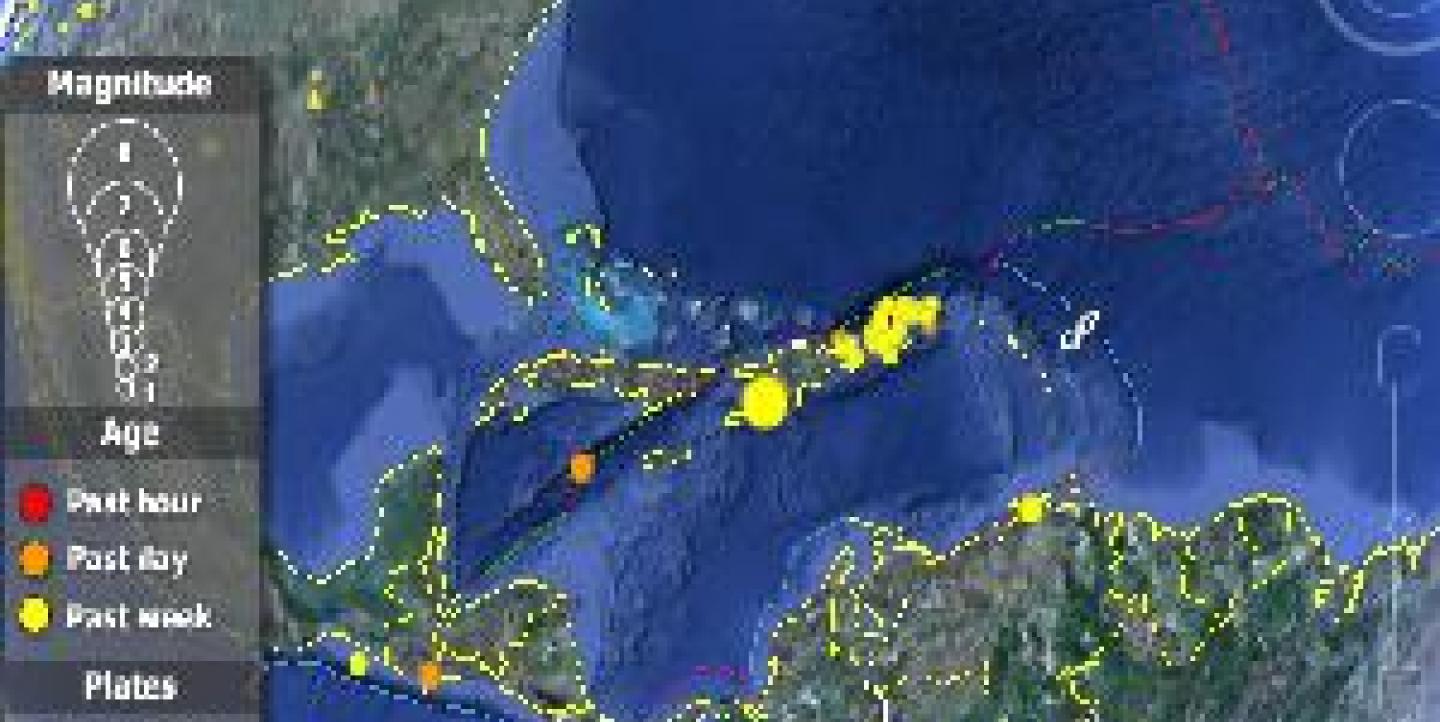In the aftermath of the recent earthquake tragedy in Port-au-Prince, Haiti, media organizations all over the world are taking different digital approaches to covering the story. Various technologies and tools are being used to measure the tragedy and to tell the harrowing stories of its countless victims.
In the aftermath of the recent earthquake tragedy in Port-au-Prince, Haiti, media organizations all over the world are taking different digital approaches to covering the story. Various technologies and tools are being used to measure the tragedy and to tell the harrowing stories of its countless victims.
The list below includes some of the best multimedia coverage I've seen so far. These projects use video, interactive timelines, data visualization and a number of social networking tools in an informative and creative way. You'll see that the examples come from both mainstream news outlets as well as from nontraditional sources.
Mapping Projects
A local broadcast news affiliate in Charlotte, North Carolina published a Google Gadget interactive earthquake map that allows users to zero in on all of the activity in Haiti in the past month. Details and additional content are provided by the U.S. Geological Survey. LATimes.com is using Google Maps to cover the story and also has a nice interactive earthquake primer built in Flash. Ushahidi, a crowdsourced crisis reporting website, has a number of Haiti maps for exploration. Finally, take a look at the extensive interactive graphic published by The Guardian. It explains why relief efforts have stalled in a very clear, understandable way.
Photo Galleries
A number of news organizations have published before and after photo galleries of Haiti. NYTimes.com used satellite photos from GeoEye that show Port-au-Prince both before and after the earthquake. What makes this presentation interesting (and heart-wrenching) is the effective use of the Times' slider tool. Wired Magazine also offers a comparative gallery using satellite images that include geographic tags and other information.
Video
CNN's iReport has been producing a number of quality user-generated videos. Take a look at this page, which now has a section for missing persons. There are a number of places to find compelling raw video, shot by people on the ground using their mobile phones. Visit Google Video and type in "Haiti Earthquake" to do a quick search. There are a number of news organizations showing video as well. Look at this story at the Sydney Herald, but be warned - the video may be disturbing to some.
Timelines and Data Visualization
There are a number of excellent timelines at Dipity, which is a free automatic timeline generator tool. Most timelines have been created by non-journalists but aggregate content from media organizations and social networks from all over the world. The Guardian offers data analysis and visualization on its DataBlog and shows how satellites produce disaster information.
Social Media
If you haven't ever tried a search on Twitter, now is the best time. Visit http://search.twitter.com and type in #haiti. You'll find on-the-ground reporting, consumer efforts to help and a number of valuable resources that are being published in real time.
To view all of Amy's columns, click here.
Amy Webb is a digital media consultant and the CEO of Webbmedia Group, LLC. She has also launched Knowledgewebb, a new website for multimedia training. You can follow Amy on Twitter. Webbmedia Group is a vendor-neutral company. Any opinions expressed about products or services are formed after testing, research and interviews. Neither Amy Webb nor Webbmedia Group or its employees receives any financial or other benefits from vendors.

